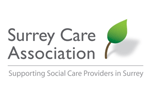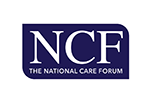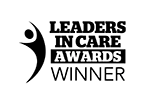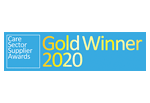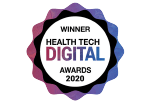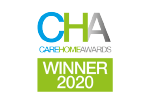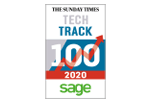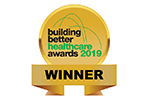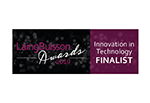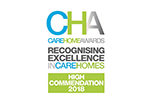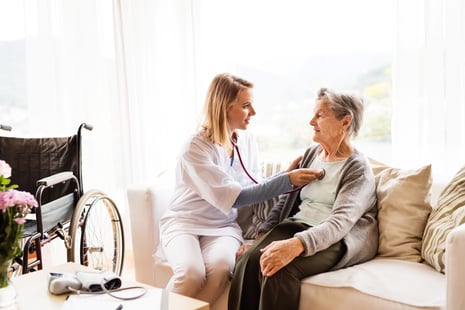
Outstanding Pressure Care
People over the age of 70 are more at risk of getting pressure ulcer as older people they likely to have mobility problems and skin that’s more easily damaged through dehydration and other factors. Anyone confined to a bed, or anyone that has a medical condition that affects blood supply is also at risk as conditions like diabetes, kidney failure, heart failure, multiple sclerosis and Parkinson’s disease make skin more fragile.
DOWNLOAD YOUR FREE GUIDE
Top Tips for Outstanding Pressure Care
As pressure ulcers are often preventable, elderly residents in care homes must have their skin checked every day for early signs of pressure ulcers and have regular changes of position, with support to change position if they are unable to position themselves. Residents must also be supported with a healthy, balanced diet and fluid intake to avoid dehydration.
Download a free guide written by pressure care expert, Siobhan Mccuollough, on Top Tips for Outstanding Pressure Care for care homes:
“Tissue viability nurses have a complex job in care homes that use paper documentation to collate information from body maps, repositioning charts, nutrition and hydration charts, and risk assessments to see signs of progress in healing wounds. It can sometimes take up to ten hours to gather the information needed.
It is much easier to gather information at care homes that use Person Centred Software’s Mobile Care Monitoring system as live care is recorded digitally and is automatically collated with information from relevant charts and reports, a SSKIN assessment and body map with automatically attached photo evidence. Person Centred Software’s system is the future of care.”
Siobhan Mccoulough, Tissue Viability Nurse Specialist, working with OSKA
Pressure Ulcers and Wounds Reporting
Person Centred Software has developed its electronic care planning, monitoring and reporting system, Mobile Care Monitoring, with guidance from pressure care experts, such as OSKA, and NICE to help staff reduce pressure risks and to demonstrate quality of care to regulatory bodies. This includes:
- Wound care / body map records
- Risk assessments
- Planned care – repositioning, keep on moving etc.
- Skin integrity checks
- SSKIN bundle
- Hydration and nutrition
- Pressure ulcer/injury analysis
- Group reporting
- Wound care summary
“The photographic timeline of evidence of care is extremely effective to show tissue viability nurses. It means we can deflect any safeguarding enquiries when a resident has been in someone else’s care by demonstrating that we have provided the best quality of care.” Adrian Hendry, Director, Avondale Care Scotland
Mobile Care Monitoring helps care providers to:
- Plan more effective care and monitor residents to help ‘stop the pressure’ and prevent pressure injuries being acquired or developing
- Track pressure injuries and identify any trends or homes that may have a prevalent problem
- Reduce risk to residents, staff and the business
- Improve quality of care and treatment in the case of pressure injures developing
- Easily evidence treatment plans
- Automatically produce charts, such as the SSKIN and re-positioning charts
- Provide thorough evidence to support claims made against providers – e.g. when wounds were acquired in hospital, providers have evidence to protect themselves
- Demonstrate compliance with industry regulators, particularly for safeguarding, meet people’s day-to-day health and wellbeing and making all staff aware of potential risks
- Gives visibility to track nutrition and hydration care, including IDDSI food categories, in to ensure more effective pressure care
- Enables accurate, detailed care notes about skin integrity to be recorded at the point of care
- Feeds in information about mattress and pillow audits to check condition to help prevent pressure ulcers
- Feeds in information about moving and handling, so that assessments and evidence of care help promote safe moving of residents
Let’s #StopThePressure Together!
Stop the Pressure awareness day will be held on Thursday 21 st November 2019 and aims to reduce pressure ulcer prevalence through awareness, understanding early warning signs, taking preventative measures and utilising SSKIN and the NHS Safety Thermometer.
Follow us on Twitter, LinkedIn and Facebook to find out how Person Centred Software is supporting #StopThePressure and driving outstanding pressure care

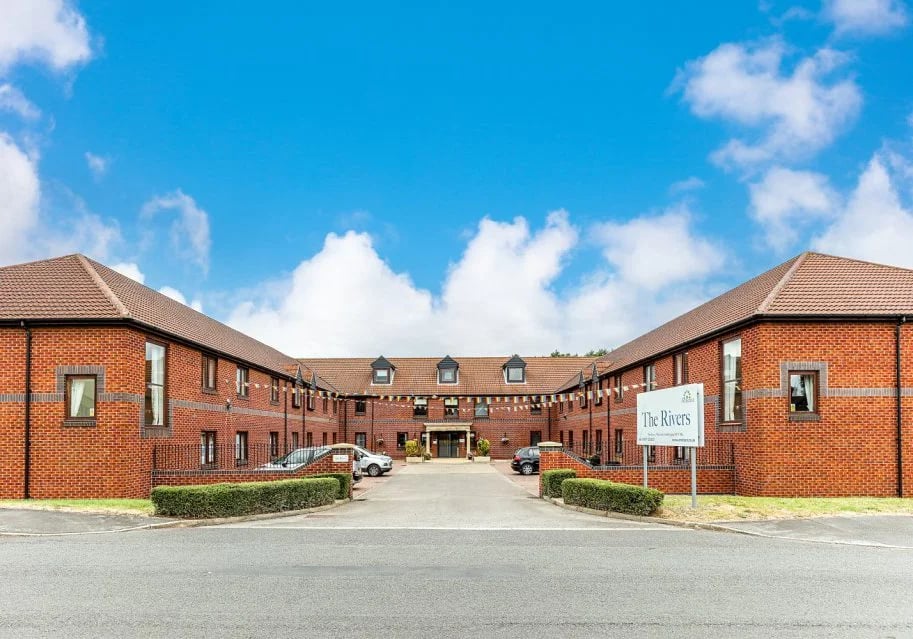
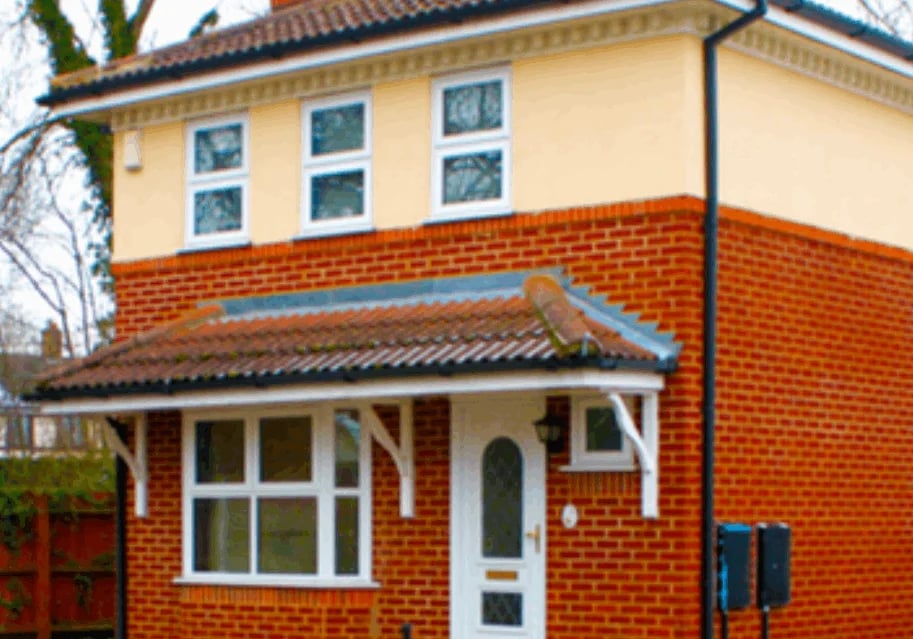
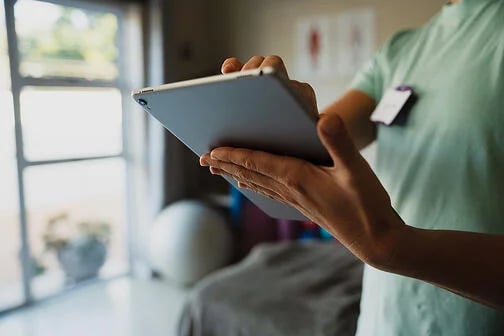
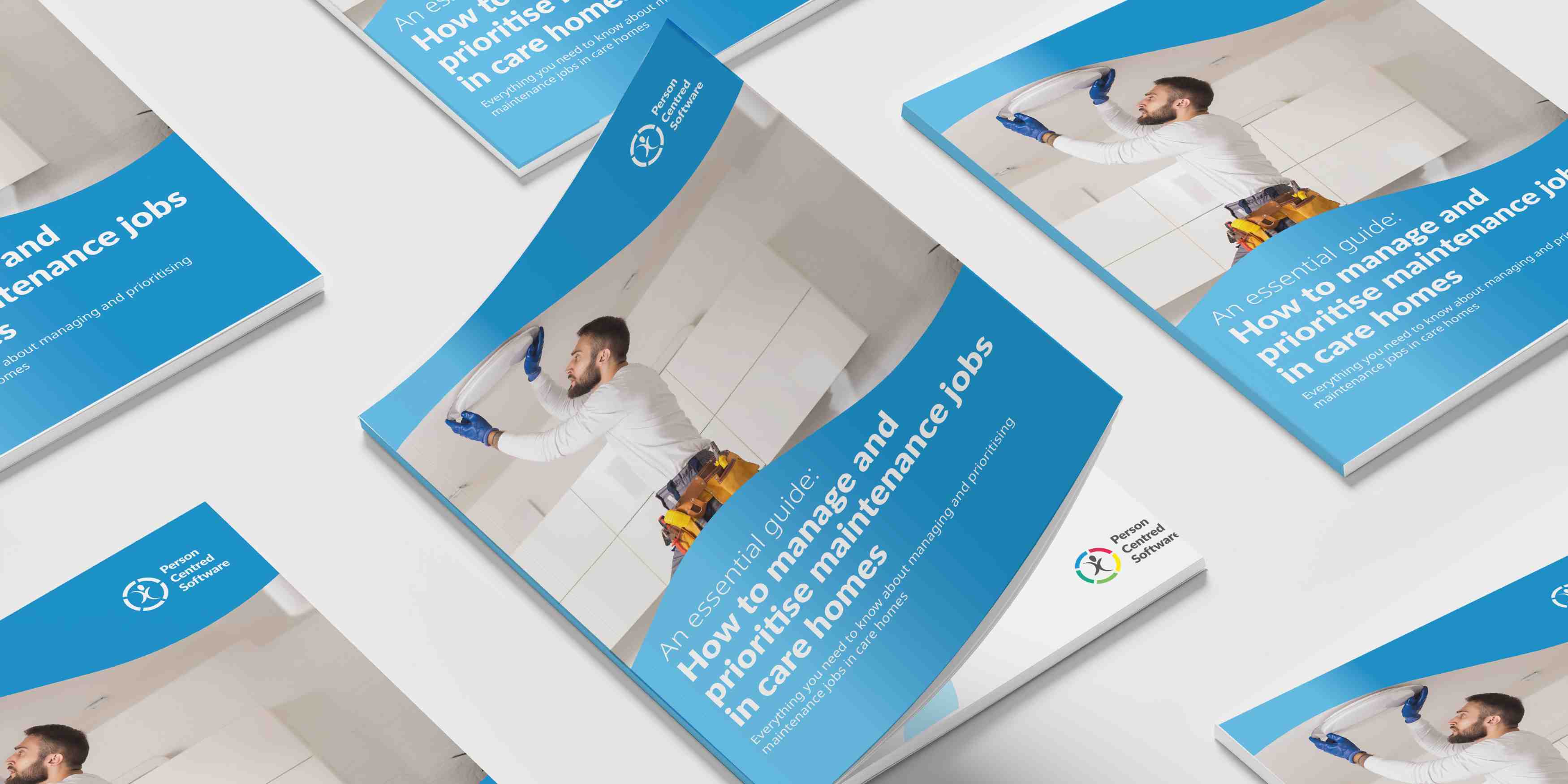

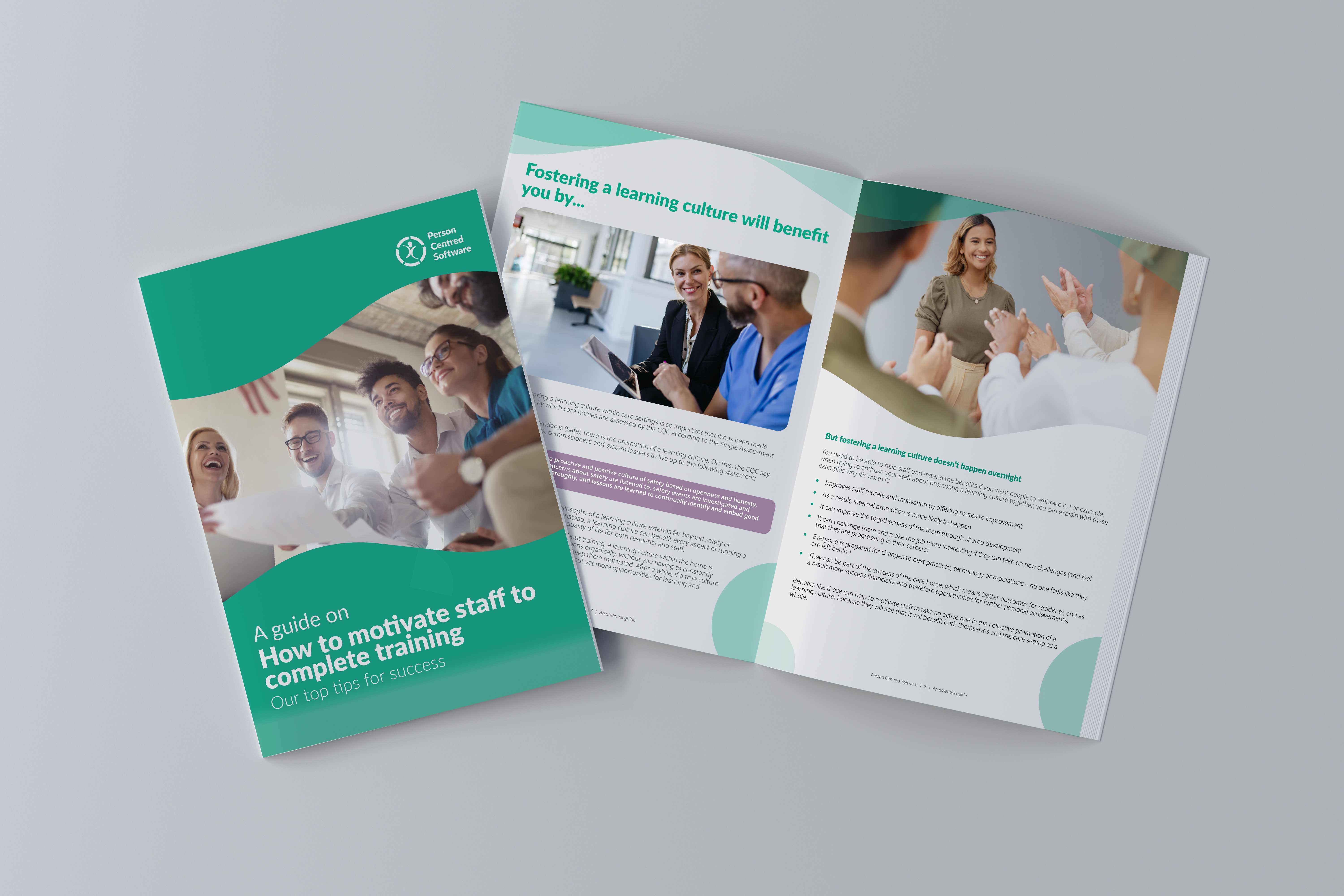
.webp?width=80&height=80&name=HTD%20Awards%202023%20Badge%20(4).webp)


